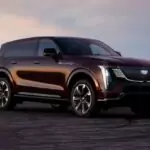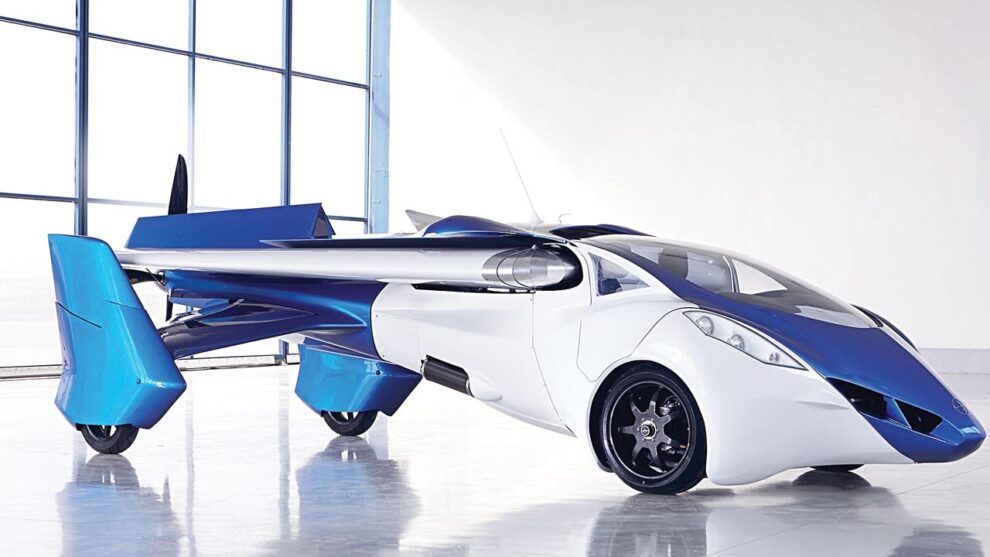Flying cars have fascinated humanity for over a century. What was once considered science fiction fantasy is now evolving into a tantalizing vision of the future thanks to recent technological breakthroughs. But when can we expect to see these vehicles regularly taking to the skies?
The History and Evolution of Flying Cars
The early beginnings of flying cars can be traced back to innovators like Henry Ford and Glenn Curtiss in the early 1900s. Curtiss actually built a prototype that managed a short flight in 1917. However, these early flying vehicles faced challenges around technology and safety.
In recent years, critical improvements in areas like electric propulsion, battery life, autonomous control, and drone advancement have ignited a new era in flying car development:
- Electric propulsion – Electric motors are lighter and quieter than combustion engines.
- Battery technology – Improving capabilities around range and flight time.
- Self-driving advances – Can reduce the need for human pilots.
- Drone learnings – Knowledge and technology applicable to flying cars.
Major Players Leading Flying Car Development
Many companies are now committed to developing and testing flying car prototypes focused primarily around vertical takeoff and landing (VTOL) vehicles:
Joby Aviation
This startup is creating a fully electric passenger aircraft designed to revolutionize daily commuting.

Lilium
Lilium is working to scale regional air shuttle services through developments like their 5-seater Lilium Jet.
Archer Aviation
Archer Aviation’s electric tilt-wing aircraft aims to combine efficient horizontal flight with helicopter-like vertical takeoff and landing capabilities.
EHang
Chinese company EHang already has an operational prototype through innovations like the EHang 216 Autonomous Aerial Vehicle.
Opportunities and Challenges Facing Flying Cars
Flying cars undoubtedly have disruptive potential, but they still face critical challenges:
- Regulations – Rules needed around air traffic management.
- Public safety – Rigorous testing required around risk factors.
- Infrastructure – Things like vertiports needed for takeoffs/landings.
- Affordability – Production costs must decrease substantially.
However, if these hurdles are properly addressed, the opportunities are momentous:
- Revolutionary new commuting capabilities
- Traffic congestion reduction
- Increased accessibility
- Faster travel times
- Emergency/rescue applications
When Should We Expect Flying Cars?
Experts are divided about precise timetables for flying car availability. Some optimistically believe mass adoption could happen within 10-15 years. Others caution it may take several decades to address all the complex technical, infrastructure, regulatory, and adoption challenges. Ultimately, the future is unknown and advancements largely depend on evolving technological capabilities plus public and government acceptance.
Nonetheless, it is clear the dream of flying cars has left science fiction and already entered aviation testing spaces today. The path ahead remains long and complex, but for the first time, the promise of accessible flying transport appears grounded in real engineering efforts rather than pure imagination.
The Future of Transportation
Flying cars signify one of the most transformational mobility innovations on the horizon. Many experts believe successfully commercializing the technology could profoundly reshape transportation, logistics, urban planning, emergency services, and even how we architect and construct buildings themselves. The future looks set to take flight sooner than many ever dreamed possible.
















Add Comment